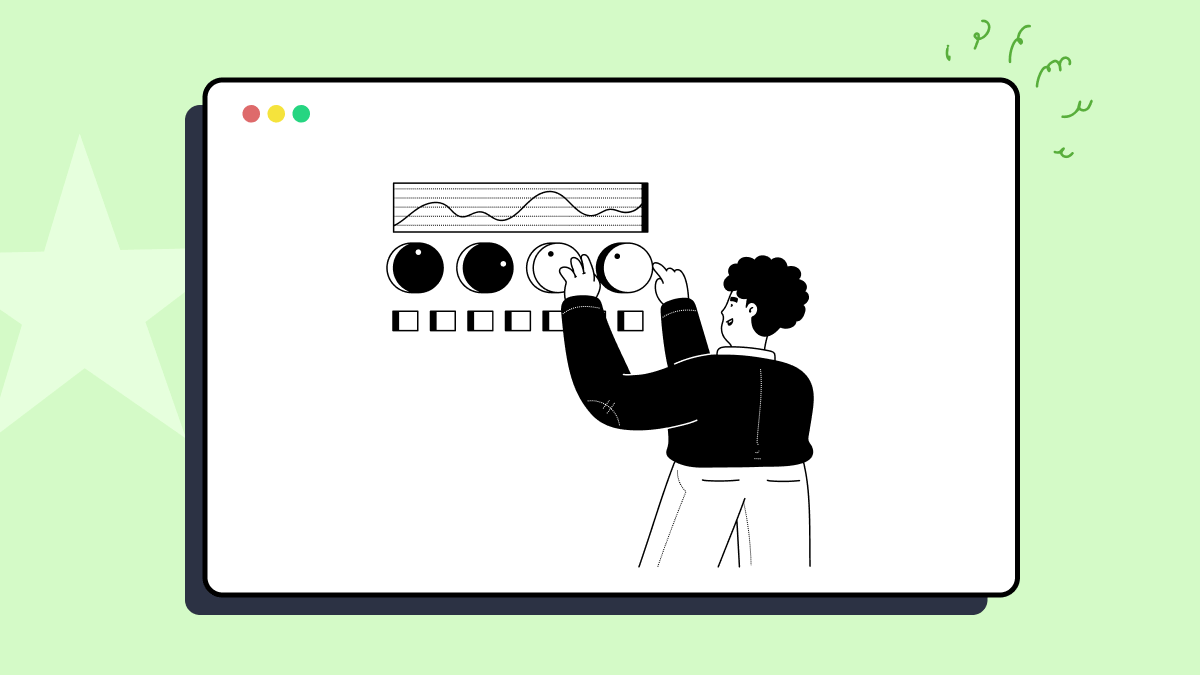How to use headingFrom method of org.assertj.core.error.AssertionErrorCreator class
Best Assertj code snippet using org.assertj.core.error.AssertionErrorCreator.headingFrom
Source: AssertionErrorCreator.java
...77 Optional<AssertionError> multipleFailuresError = tryBuildingMultipleFailuresError(errors);78 return multipleFailuresError.orElse(new SoftAssertionError(describeErrors(errors)));79 }80 public AssertionError multipleAssertionsError(Description description, List<? extends AssertionError> errors) {81 String heading = headingFrom(description);82 Optional<AssertionError> multipleFailuresError = tryBuildingMultipleFailuresError(heading, errors);83 return multipleFailuresError.orElse(new MultipleAssertionsError(description, errors));84 }85 public void tryThrowingMultipleFailuresError(List<? extends Throwable> errorsCollected) {86 tryBuildingMultipleFailuresError(errorsCollected).ifPresent(AssertionErrorCreator::throwError);87 }88 // syntactic sugar89 private static void throwError(AssertionError error) {90 throw error;91 }92 private static String headingFrom(Description description) {93 return description == null ? null : DescriptionFormatter.instance().format(description);94 }95 private Optional<AssertionError> tryBuildingMultipleFailuresError(List<? extends Throwable> errorsCollected) {96 return tryBuildingMultipleFailuresError(null, errorsCollected);97 }98 private Optional<AssertionError> tryBuildingMultipleFailuresError(String heading,99 List<? extends Throwable> errorsCollected) {100 if (errorsCollected.isEmpty()) return Optional.empty();101 try {102 Object[] constructorArguments = array(heading, errorsCollected);103 Object multipleFailuresError = constructorInvoker.newInstance("org.opentest4j.MultipleFailuresError",104 MULTIPLE_FAILURES_ERROR_ARGUMENT_TYPES,105 constructorArguments);106 if (multipleFailuresError instanceof AssertionError) { // means that we were able to build a MultipleFailuresError...headingFrom
Using AI Code Generation
1import org.assertj.core.api.Assertions;2import org.assertj.core.error.AssertionErrorCreator;3import org.assertj.core.error.BasicErrorMessageFactory;4import org.assertj.core.error.ErrorMessageFactory;5import org.assertj.core.error.ShouldHaveSameSizeAs;6import org.assertj.core.error.ShouldStartWith;7import org.assertj.core.internal.ComparisonStrategy;8import org.assertj.core.internal.StandardComparisonStrategy;9import org.assertj.core.util.VisibleForTesting;10import java.util.List;11public class AssertionErrorCreatorTest {12 public static void main(String[] args) {13 String actual = "actual";14 String expected = "expected";15 AssertionErrorCreator creator = new AssertionErrorCreator();16 ErrorMessageFactory factory = new ShouldStartWith(actual, expected);17 AssertionError error = creator.create(factory);18 System.out.println(error.getMessage());19 factory = new ShouldHaveSameSizeAs(actual, expected, 5, 6);20 error = creator.create(factory);21 System.out.println(error.getMessage());22 ComparisonStrategy strategy = StandardComparisonStrategy.instance();23 factory = new BasicErrorMessageFactory("%nExpecting:%n %s%nnot to be equal to:%n %s%nwhen comparing values using %s", actual, expected, strategy);24 error = creator.create(factory);25 System.out.println(error.getMessage());26 List<String> list = List.of("a", "b", "c");27 factory = new ShouldHaveSameSizeAs(list, 3, 4);28 error = creator.create(factory);29 System.out.println(error.getMessage());30 factory = new ShouldHaveSameSizeAs(list, 3, 4);31 error = creator.create(factory, new AssertionError("my error"));32 System.out.println(error.getMessage());33 }34}headingFrom
Using AI Code Generation
1org.assertj.core.error.AssertionErrorCreator headingFrom(String format, Object... args) {2 return new AssertionErrorCreator(format, args);3 }4org.assertj.core.error.AssertionErrorCreator messageFrom(String format, Object... args) {5 return new AssertionErrorCreator(format, args);6 }7org.assertj.core.error.AssertionErrorCreator shouldHaveSize(Object actual, int actualSize, int expectedSize) {8 return new AssertionErrorCreator("%nExpecting size:%n <%s>%nto be:%n <%s>%nbut was:%n <%s>%n", actual, expectedSize, actualSize);9 }10org.assertj.core.error.AssertionErrorCreator shouldHaveSize(Object actual, int actualSize, int expectedSize, Condition<?> condition) {11 return new AssertionErrorCreator("%nExpecting size:%n <%s>%nto be:%n <%s>%nbut was:%n <%s>%nwhen condition:%n <%s>%nis met", actual, expectedSize, actualSize, condition);12 }13org.assertj.core.error.AssertionErrorCreator shouldHaveSize(Object actual, int actualSize, int expectedSize, String description) {14 return new AssertionErrorCreator("%nExpecting size:%n <%s>%nto be:%n <%s>%nbut was:%n <%s>%nwhen %s", actual, expectedSize, actualSize, description);15 }16org.assertj.core.error.AssertionErrorCreator shouldHaveSizeGreaterThan(Object actual, int actualSize, int expectedSize) {17 return new AssertionErrorCreator("%nExpecting size:%n <%s>%nto be greater than:%n <%s>%nbut was:%n <%s>%n", actual, expectedSize, actualSize);18 }headingFrom
Using AI Code Generation
1public class AssertionErrorCreatorTest {2 public void testHeadingFrom() {3 String heading = "Heading";4 String message = "Message";5 AssertionError assertionError = AssertionErrorCreator.headingFrom(heading, message);6 assertEquals(heading + "7" + message, assertionError.getMessage());8 }9}10 at org.junit.Assert.assertEquals(Assert.java:115)11 at org.junit.Assert.assertEquals(Assert.java:144)12 at AssertionErrorCreatorTest.testHeadingFrom(AssertionErrorCreatorTest.java:21)13public class AssertionErrorCreatorTest {14 public void testHeadingFrom() {15 String heading = "Heading";16 String message = "Message";17 AssertionError assertionError = AssertionErrorCreator.headingFrom(heading, message);18 assertEquals(String.format("%s%n%s", heading, message), assertionError.getMessage());19 }20}21 at org.junit.Assert.assertEquals(Assert.java:115)22 at org.junit.Assert.assertEquals(Assert.java:144)23 at AssertionErrorCreatorTest.testHeadingFrom(AssertionErrorCreatorTest.java:21)24public class AssertionErrorCreatorTest {Blogs
Check out the latest blogs from LambdaTest on this topic:
In general, software testers have a challenging job. Software testing is frequently the final significant activity undertaken prior to actually delivering a product. Since the terms “software” and “late” are nearly synonymous, it is the testers that frequently catch the ire of the whole business as they try to test the software at the end. It is the testers who are under pressure to finish faster and deem the product “release candidate” before they have had enough opportunity to be comfortable. To make matters worse, if bugs are discovered in the product after it has been released, everyone looks to the testers and says, “Why didn’t you spot those bugs?” The testers did not cause the bugs, but they must bear some of the guilt for the bugs that were disclosed.
In addition to the four values, the Agile Manifesto contains twelve principles that are used as guides for all methodologies included under the Agile movement, such as XP, Scrum, and Kanban.
While there is a huge demand and need to run Selenium Test Automation, the experts always suggest not to automate every possible test. Exhaustive Testing is not possible, and Automating everything is not sustainable.
Coaching is a term that is now being mentioned a lot more in the leadership space. Having grown successful teams I thought that I was well acquainted with this subject.
Automation Testing Tutorials
Learn to execute automation testing from scratch with LambdaTest Learning Hub. Right from setting up the prerequisites to run your first automation test, to following best practices and diving deeper into advanced test scenarios. LambdaTest Learning Hubs compile a list of step-by-step guides to help you be proficient with different test automation frameworks i.e. Selenium, Cypress, TestNG etc.
LambdaTest Learning Hubs:
- JUnit Tutorial
- TestNG Tutorial
- Webdriver Tutorial
- WebDriverIO Tutorial
- Protractor Tutorial
- Selenium 4 Tutorial
- Jenkins Tutorial
- NUnit Tutorial
- Jest Tutorial
- Playwright Tutorial
- Cypress Tutorial
- PyTest Tutorial
YouTube
You could also refer to video tutorials over LambdaTest YouTube channel to get step by step demonstration from industry experts.
Try LambdaTest Now !!
Get 100 minutes of automation test minutes FREE!!



